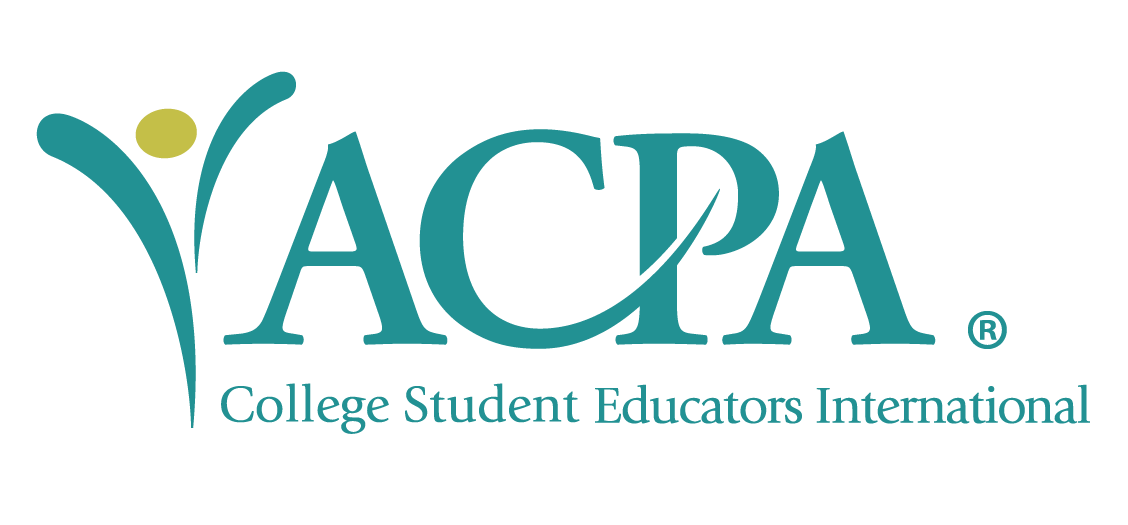Tracy Davis
Professor and College Student Personnel Program Coordinator
Western Illinois University
ACPA Senior Scholar
If we want to start a revolution, we need to begin not with technology, but with ourselves, becoming more critical of the media we ingest. One of the great poets and political commentators of the past 50 years, Gil Scott-Heron, performed The Revolution Will Not Be Televised (https://www.youtube.com/watch?v=qGaoXAwl9kw) in the early 1970’s. While his references to pop culture are dated, his message is alive today. Given our contemporary obsession with technology, some will undoubtedly claim that while revolution may not be televised, it may be tweeted or initiated through snapchat or instagram. Scott-Heron, however, seems to claim that one needs to unplug to be genuinely engaged in revolution. I agree with Scott-Heron and with Audre Lorde’s (http://quoteaddicts.com/636987) exhortation, the master’s tools will never dismantle the master’s house. They may allow us to temporarily beat him at his own game, but they will never enable us to bring about genuine change (p. 112).
Media and technology are tools that can be used for good or bad, but are applications manipulated by humans who are plugged into cultural systems. Social media’s effectiveness for promoting real change should, therefore, be highly suspect. A few decades ago some of my colleagues argued that the internet would become a great democratizing technology. It seems to me, however, that the web has become a tool to serve the purposes of the status quo: that is, those decidedly against revolution. Consider, for example, the commodification of Facebook (https://librarianshipwreck.wordpress.com/2014/02/07/control-and-commodification-facebook-turns-10/) where users are deluged with advertisements and conformity (http://www.ifn.se/wfiles/wp/wp886.pdf) inducing processes. While technology can offer potential for liberation, it also serves to distract, numb, or otherwise promote the interests of those in power. According to Nicholas Johnson, for example, all television is educational. The question is: what is it teaching?
I believe television and all forms of media are, indeed, educational. Left to the auspices of marketing moguls in a media illiterate culture these technologies serve the status quo and are, therefore, to this extent antithetical to revolution. Revolution will not be televised, it must be internalized, unfolded and improvised. That is, the first step is consciousness…our own consciousness, not looking outward to promote it in others. Too much of what I see that presents as social justice practice is actually self-serving, self-righteous inventory-taking that actually helps to reify the systems it seeks to challenge. Cody Charles (2014), Associate Director of Multicultural Affairs at the University of Kansas, for example, has identified 10 counterproductive habits (http://safeature.magicalandrevolutionary.com/ten-counterproductive-behaviors-of-social-justice-educators/) that, in the name of justice and equity, get in the way of making authentic, strategic, and sustaining change (p. 1).
So while revolution is typically thought of as upending the organizational or institutional, a focus on the external often does not produce real effective change. Creating real shifts and social reform happens when we look inward. History has good examples of this path. Ghandi changed the world only after an intense journey inward. He believed and demonstrated that social change can be achieved through a silent inward revolution (Chakrabarti, p. 107). Non-violent practice requires an inward journey not outward focus.
More recently, bell hooks, in her Mind, Body and Soul – Women of Color Conference Keynote (https://www.youtube.com/watch?v=sAuHQIMQUIs) at the University of Oregon, outlines how our outward focus and blame, rather than internal consciousness can serve not only to limit our own agency but keep the status quo firmly in place. She says, Any critical examination of the history of civil rights in the United States will show that greater progress was made when leaders emphasized the importance of forgiving one’s enemies, working for reconciliation and the formation of beloved community over angry retaliation. Forgiving, reconciliation and community building begins internally…with me…with you…with us.
I don’t believe in the either/or thinking on most topics and am not saying here that revolution comes either from within or by externally directed action. Miles Davis (https://www.youtube.com/watch?v=tr4mjxgZN9I), the great jazz artist, was once asked what makes his trumpet performances so unique. He responded that he plays the space between the notes. It’s the space between where sounds resonate and are more fully expressed. In the space between we can maintain an alertness to the world we live in and the one we envision. Too much focus on the extremes leads us to dogmatic, static, and righteous distancing. I believe we need to start with an inward exploration and then outward action. Actively being in the space between can move us toward critical consciousness. Consciousness that is critical moves beyond self-awareness and toward changing the system by beginning with inward reflection and accountability (http://quotesgram.com/changing-myself-quotes/#IQq8v8jRsG).
In Freire’s final book Pedagogy of Freedom he describes both ingenious and critical curiosity. The former is the sort of innate interest in discovery. Epistemological or critical curiosity, according to Ebrace (https://actionsupport.wordpress.com/2010/08/27/what-is-ingenious-epistemological-and-critical-curiosity/) (2010), is seeking alternative explanations and constantly critiquing from divergent perspectives. Working the space between can untether us from dogma to reflexively explore what needs changing, what hurdles might impede transformation, and how to most effectively enact revolution.
So, the revolution will not be televised…it is planted within us and needs to be carefully watered with the conscious unlearning about culturally-imposed distortions, nourished with critical curiosity, and aired out in the space between so that when it hits sunlight it produces the kind of oxygen everyone can breathe.
References/Hyperlinks
Chakrabarti, Mohit (1989). Ganhian mysticism. Atlantic Publishers and Distributors, New Delhi, India.
Charles, C. (2014, August, 11). Ten counterproductive behaviors of social justice educators. [Web log post]. Retrieved from
Ebrace (2010, August, 27). What is ingenious, epistemological and critical curiosity? [Web log post]. Retrieved from
Freire, P. (2001). Pedagogy of freedom: Ethics, democracy, and civic courage. Lanham, MD: Rowman & Littlefield.
Lorde, Audre (2007). The Master’s Tools Will Never Dismantle the Master’s House. 1984. Sister Outsider: Essays and Speeches. Ed. Berkeley, CA: Crossing Press. 110-114.




Recent Comments